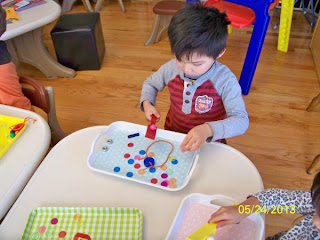 |
| Build a Rainbow Structure |
 |
| lacing cards |
 |
| lacing cards |
 |
| buttons sorting |
 |
| beading with buttons |
 |
| beading with buttons |
 |
| learn to use chopsticks |
 |
| learn to use chopsticks |
 |
| learn to use chopsticks |
 |
| create sound balloons |
 |
| create sound balloons |
Chinese-English Bilingual Early Childhood Education Program (中英双语幼儿教育课程)
 |
| Build a Rainbow Structure |
 |
| lacing cards |
 |
| lacing cards |
 |
| buttons sorting |
 |
| beading with buttons |
 |
| beading with buttons |
 |
| learn to use chopsticks |
 |
| learn to use chopsticks |
 |
| learn to use chopsticks |
 |
| create sound balloons |
 |
| create sound balloons |
 |
| flannel board learning ---- space and plantes |
 |
| cool outfit |
 |
| astronauts |
 |
| solar system on a flannel board |
 |
| sensory box: meteor and moon sand |
 |
| floor puzzle --- solar system |
 |
| planets puppets |
 |
| planets puppets |
 |
| solar system collage |
 |
| Play with magnets |
 |
| individual experiment tray |
 |
| individual experiment tray |
 |
| I got them all |
 |
| record my observation |
 |
| experimenting |
 |
| Read a book about magnetism |
 |
| Experimenting |